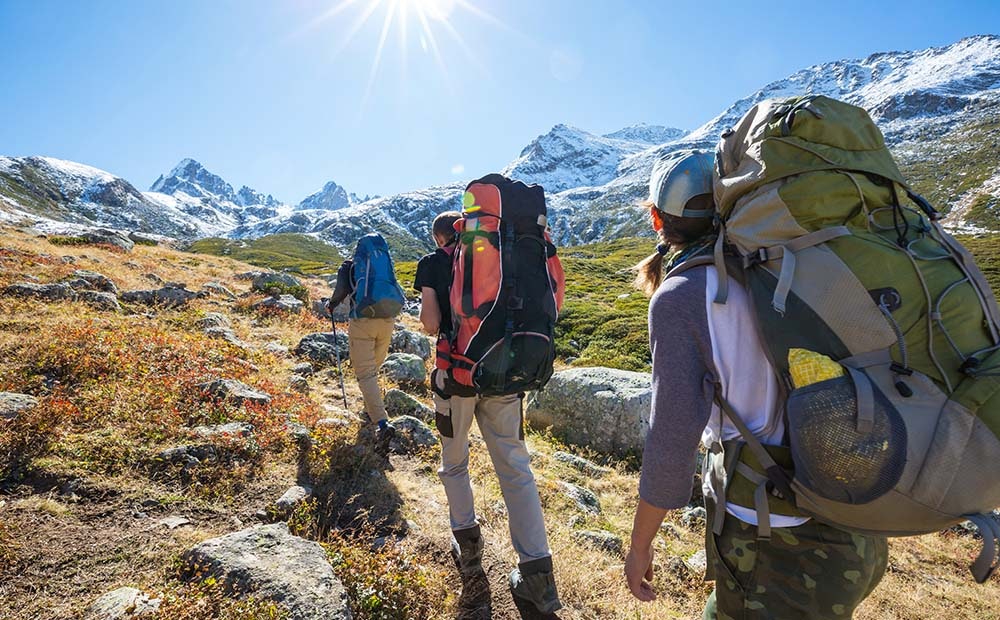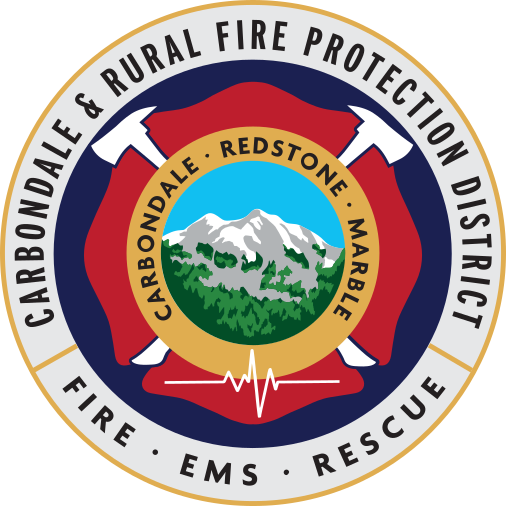Backcountry Safety: Essential Tips for the Adventurous Spirit
By admin Published July 12, 2023
Engaging with the raw beauty of the backcountry, whether through hiking, biking, camping, or off-road driving, offers an unparalleled experience. It also presents unique challenges that require proper safety measures. This post provides key tips to ensure your backcountry adventure is both exciting and safe.

Preparing for Your Backcountry Adventure
1. Know Before You Go: Research your destination. Study the terrain, weather conditions, local flora and fauna, and any potential dangers. Websites, books, maps, and talking to experienced adventurers can be valuable resources.
2. Pack the Essentials: Adequately equip yourself for unexpected situations. Pack essential items like navigation tools (maps, compass, GPS), a first aid kit, emergency shelter, fire starters, adequate food and water, multi-tool, flashlight, and appropriate clothing layers.
Specific Safety Measures for Activities
A. Hiking Safety: When hiking, always stay on marked trails to prevent getting lost and damaging the ecosystem. Inform someone of your plans, including your route and expected return time.
B. Biking Safety: For bikers, wearing a helmet is a must. Also, ensure your bike is in good condition before embarking on a trail. Keep to your ability level and always yield to other trail users.
C. Camping Safety: Choose your campsite wisely, avoiding areas prone to flooding or falling branches. Store food securely to avoid attracting wildlife. Make sure to fully extinguish your campfire before sleeping or leaving the campsite. Also ensure there are not fire restrictions in place before having a campfire.
D. Off-road Safety: When going off-road, travel in groups, ideally with two or more vehicles to aid each other in case of breakdowns or getting stuck. Stick to designated trails to prevent damaging the environment or getting lost.
Responding to Emergencies
Even with meticulous planning, emergencies can still occur. Knowing how to respond is vital. If you’re lost, follow the STOP acronym: Stop, Think, Observe, and Plan. Stay calm, think about how you got to your current location, observe your surroundings for landmarks, and plan your next steps.
Learn CPR and basic first aid procedures, including how to treat common outdoor injuries like sprains and fractures. Carry a whistle for signaling help. Three short blasts are universally recognized as a distress signal.
The Role of Firefighters and Volunteers
Firefighters and volunteers often operate in backcountry environments to perform rescues and enforce safety regulations. Their knowledge and expertise are invaluable in keeping these wild areas safe for everyone to enjoy.
You can contribute to maintaining the safety of our beautiful backcountry areas by volunteering with Carbondale & Rural Fire Protection District. Staying safe in the backcountry largely depends on preparation, respect for nature, and making informed decisions. Remember, no photo or peak is worth an unnecessary risk. Visit our wildfire prevention page for tips on preventing wildfires during your backcountry adventures. Stay updated on safety alerts and guidelines by checking our news section regularly.
For further questions on backcountry safety, feel free to contact us. We’re here to help ensure your outdoor experiences are safe and enjoyable!
Keep exploring, keep enjoying, but most importantly, stay safe.

